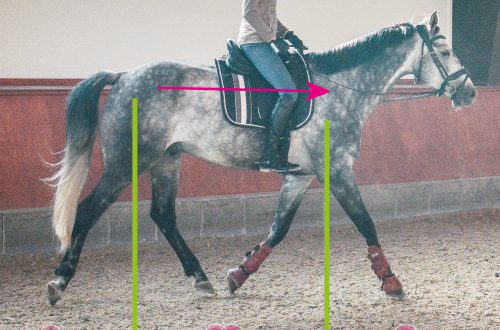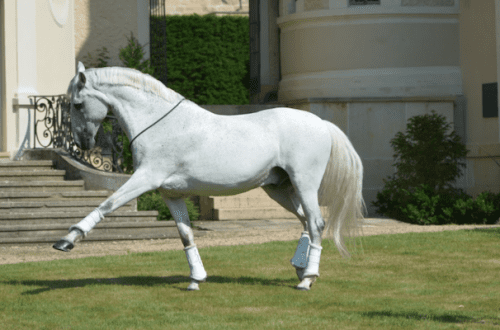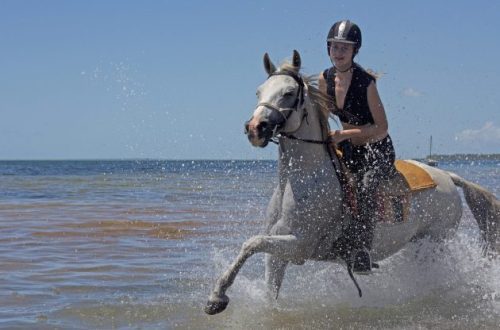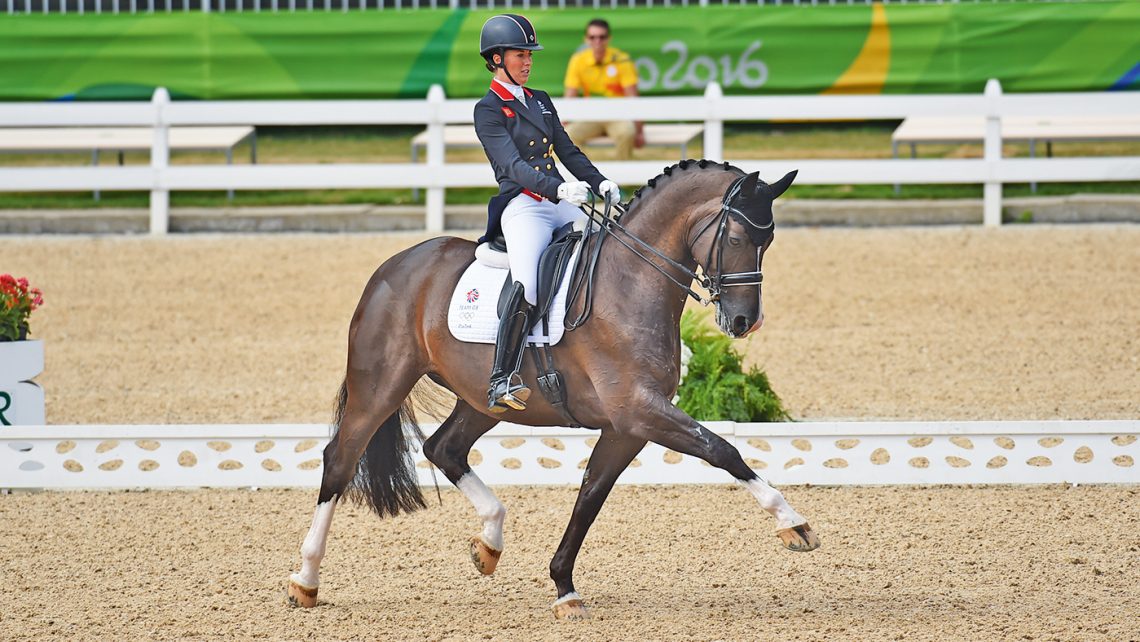
What is dressage not?
What is dressage not?
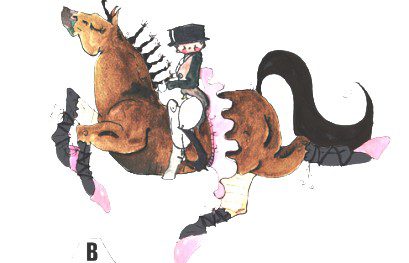
You are still new to the equestrian world, but so often you hear the proud words of horse riders: “I do dressage!” You watch them and you can’t understand what they are doing? What is this dressage? Where is it, and where is it not and close?
There are many definitions of exactly what dressage is, and I want to talk about what dressage is NOT.
What NOT dressage?
1. Training the horse to break it down and make it work.
Good dressage training should improve the horse’s balance, coordination and posture, gaits. The horse is made to want to cooperate – it should enjoy the work, and not experience constant discomfort. Competent training slowly and gradually develops the horse, preparing his body to cope with increasingly complex tasks. A truly dressage rider needs patience and determination. He must strive for the welfare of the horse and the preservation of his health, both physical and mental!
Anything that promises to be a “quick fix” or keeps the horse in an unnatural position should be judged as to whether it will serve the horse’s neat and correct development or just quickly “break” him and force him to work for you. In most cases, “quick” or forced ways of learning end up in tension, pain, fear, and sometimes even threaten long-term damage. This should have no place in dressage.
2. Repetitive, boring work.
Riding kilometers along the walls of the arena or working forever on a 20-meter circle, waiting for improvements, you will not come close to dressage!
Dressage offers us many different ways to work on every part of the horse’s body. Once you realize this, you will never again be satisfied with endless circling around the arena!
Dressage is fundamentally different from “just arena work” or “just exercise.” Even if you are working with a young or green horse, variety is what develops and strengthens the horse symmetrically, encouraging him to use his body in better balance. If you’re looking for ideas to change your dressage routine to dressage training, start looking at the materials that are freely available on the Internet – there are a lot of different exercises here!
3. Something that comes with ease.
Easy means good? Unfortunately, it is not. Dressage is hard work. Anyone who will prove otherwise to you is most likely planning to sell you something.
You can easily demonstrate certain so-called “dressage movements”. So, I periodically put my students on my trained sports horse. If I ask a beginner to put the inside leg on his side, the horse will go sideways, but there is a huge difference between what happens and riding from the hindquarters, moving from the inside leg to the outside rein, engaging and contacting while doing the side movement.
On the plus side, dressage is very progressive and the result of one job leads you very naturally into the next, especially if you follow the training scale requirements and the riding texts. If you train your horse with a solid foundation right from the start, you will make progress 99% of the time over time. It takes time and effort, just like any other activity that you expect great results from!
4. Only for rich people with expensive horses.
It is not true! Dressage training is the gradual development of a horse. Any horse! In fact, dressage can be a lifeline for a horse with poor gaits or behavioral/training problems. Dressage is the way to make a good riding horse.
If we are talking about Olympic dressage, then perhaps yes, we are talking about big money and expensive horses. But dressage enthusiasts practice their favorite sport all over the world, on horses of all ages, types and sizes. If you have a horse and a desire to learn, you can do dressage.
5. Only for those who want to compete in dressage.
A lot of people do dressage because they are interested and never compete. Many do it with their show jumping, western, cross country, etc. horses, because having a flexible, balanced, responsive, athletic horse is an essential requirement for any equestrian discipline!
Dressage is probably one of the few disciplines that is very beneficial on its own because of how it naturally develops the horse. Even if you are not competing with anyone, you can enjoy progress, moving from level to level with your horse. Your victory is always with you, every time you feel that new movements have become available to you and your riding has improved. Your horse will offer you things you never thought of, movements that will surprise you. Your landing will become more coordinated, and the controls will change significantly for the better.
With each new level, riding will bring more and more pleasure. And the best part is, it can go on indefinitely. There is always something to learn by discovering new exercises and setting new goals.
So what is dressage? Dressage – from French it is also translated as “training”. And that sums it up very well!
It is a method of training a horse to make it the best it can be in terms of health and stamina, balance and beauty. It allows the horse to work with pleasure.
Dressage creates a rider who can sit firmly in the saddle, move in harmony with the horse, and use subtle signals to influence him.
Dressage is often compared to the “ballet of the horse” because of the dance steps that become possible as a result of the training. She creates the deep partnership with the horse that we all dream of!
Translation by Valeria Smirnova (source).



